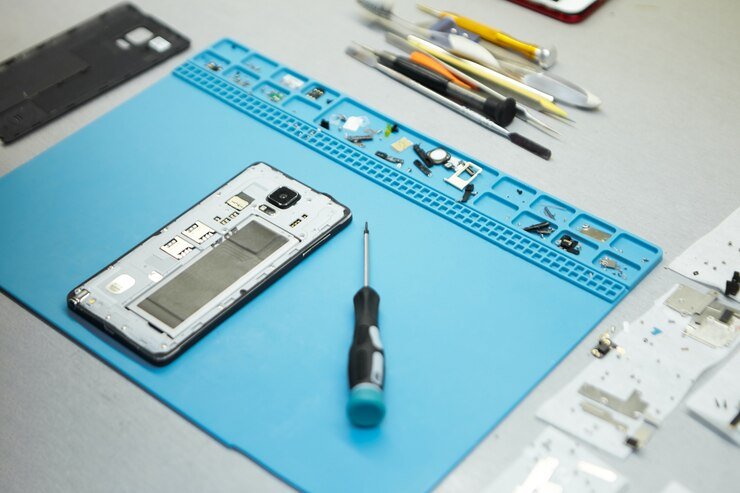Introduction
There’s nothing more frustrating than having a mobile phone that won’t charge. Whether you’re in the middle of an important call or trying to stay connected on the go, a dead battery can disrupt your day. Before rushing to a repair shop or buying a new phone, there are several DIY solutions you can try to fix the issue. In this article, we’ll explore some common reasons why your mobile phone may not be charging and provide simple solutions you can try at home.
1. Check the Charging Cable and Adapter
The first step in troubleshooting a charging issue is to check the charging cable and adapter. Over time, these components can become damaged or worn out, leading to connectivity problems. Inspect the cable for any frayed wires or visible damage. If you notice any issues, consider replacing the cable with a new one. Additionally, try using a different adapter to see if that resolves the problem.
2. Clean the Charging Port
Dust, lint, and debris can accumulate in the charging port over time, preventing proper connection between the cable and the phone. To clean the charging port, gently use a toothpick or a small brush to remove any dirt or debris. Be careful not to damage the port while doing this. Once the port is clean, try charging your phone again to see if the issue is resolved.
3. Restart Your Phone
Sometimes, a simple restart can fix charging issues. Restarting your phone can help reset any software glitches that may be causing the problem. Hold down the power button until the option to restart appears, then select it. Once your phone has restarted, plug it in and check if it is charging properly.
4. Try a Different Power Source
If your phone is still not charging, try plugging it into a different power source. It’s possible that the outlet or USB port you’re using is faulty. Plug your charging cable into a different wall outlet or connect it to a computer to see if that makes a difference. If your phone starts charging, it means the problem lies with the original power source.
5. Remove and Reinsert the Battery (if applicable)
If you have a phone with a removable battery, try removing it and reinserting it. Sometimes, the battery can become loose, causing charging issues. Make sure the battery is properly seated in its compartment and try charging your phone again.
6. Update Your Phone’s Software
Outdated software can sometimes cause charging problems. Check if there are any software updates available for your phone and install them. Updating your phone’s software can fix bugs and improve overall performance, including charging capabilities.
7. Perform a Factory Reset
If none of the above solutions work, you may need to perform a factory reset. This should be considered as a last resort, as it will erase all data on your phone. Before proceeding, make sure you back up any important files or contacts. To perform a factory reset, go to your phone’s settings, select “Backup & Reset,” and follow the instructions provided. After the reset, check if your phone is charging properly.
Conclusion
Dealing with a mobile phone that won’t charge can be frustrating, but before panicking, it’s worth trying some simple DIY solutions. By checking the charging cable and adapter, cleaning the charging port, restarting your phone, trying a different power source, removing and reinserting the battery (if applicable), updating your phone’s software, or performing a factory reset, you may be able to resolve the issue on your own. If none of these solutions work, it may be time to seek professional help or consider getting a new phone. Remember to always prioritize safety and be cautious when attempting any DIY repairs.





